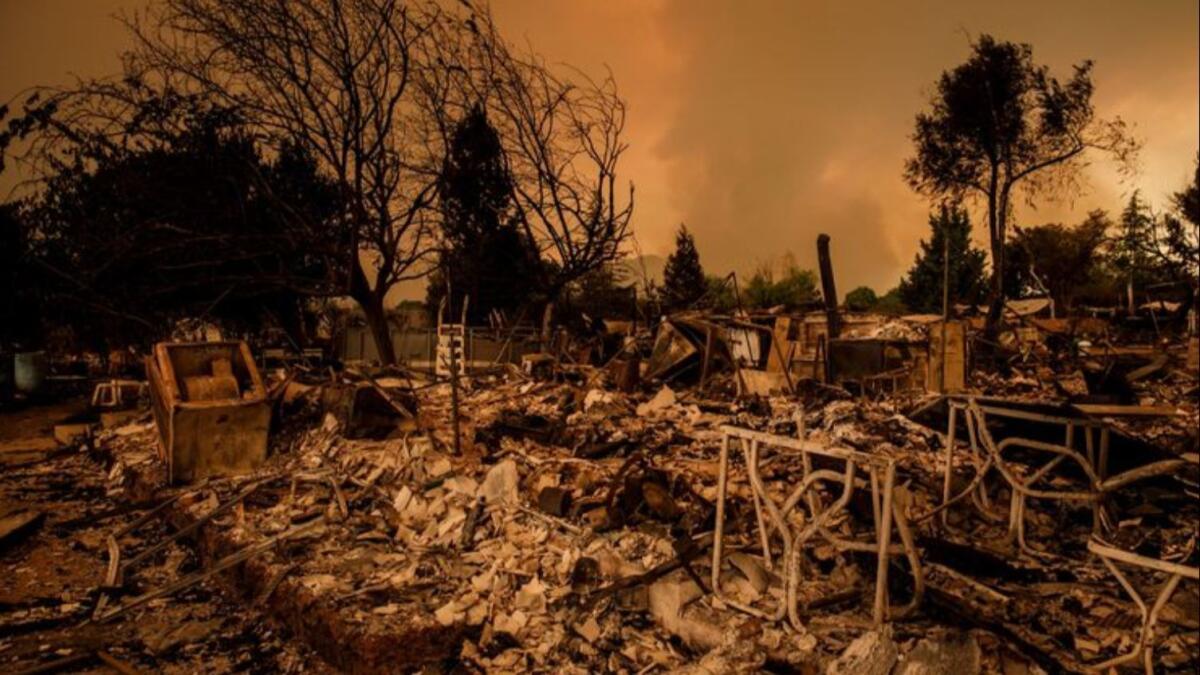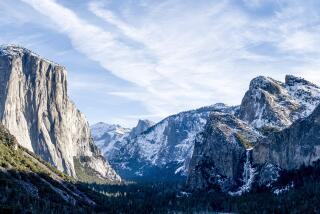Multiple fires across California stretch resources thin; Redding seeks more firefighters

- Share via
Reporting from REDDING, CALIF. — The fire that has devastated Shasta County has killed five people and destroyed more than 500 structures.
But it is one of numerous major fires burning in California, including the massive fire near Yosemite and two big fires to the south in Lake and Mendocino counties.
This has stretched resources, officials said.
Ricky Young, incident commander for the National Park Service, said Saturday night that several wildfires in the state have made it difficult to throw additional resources in battling the Carr fire.
As a result, the state, under a federal bill, requested assistance from other agencies outside of California.
He said about 150 engines are en route to help battle the fires.
There are roughly a dozen fires burning in California.
Aside from the Carr fire, which burned 89,000 acres as of Sunday morning, among the most serious are:
The Cranston fire in the San Jacinto Mountains that burned 13,000 acres and several homes.
The Ferguson fire near Yosemite National Park that closed the park and burned 53,000 acres.
The River fire in Mendocino County that has burned 13,000 acres and four homes.
The Ranch fire, also in Mendocino County, that has burned 11,000 acres.
The Steele fire in Napa County, which burned 150 acres and seven structures.
The Natches fire on the California-Oregon border, which has burned 4,600 acres.
The biggest concern remains the Carr fire, which was burning out of control, threatening thousands more homes and forcing thousands to evacuate.
Unified Incident Commander Chief Brett Gouvea said Saturday the fire has grown on multiple fronts. He said in five days the Carr fire has burned through the footprint of at least five major wildfires in the last 50 years of Shasta County history.
“I’ve never seen anything like that happen,” Gouvea said.
Fire officials are expecting winds to pick up at 1 p.m. Sunday but hope to take advantage of somewhat cooler and calmer conditions until then.
While this year’s fire season has already devastated California, it seems unlikely to relent, said climatologist Bill Patzert. Several cities set all-time heat records this year — in July — but the most serious heat waves, Patzert said, typically don’t arrive until September.
“The dog days are not here yet,” he said. “We’re in for a long, hot summer.”
And that heat creates a dangerous situation, said UCLA climate scientist Daniel Swain. Vegetation across much of the Golden State has already dehydrated to “explosively dry” levels not typically reached until September, he said.
“It’s a lot easier to get bad fires under these conditions,” he said, “because you don’t need as much of a push from the winds.”
More to Read
Sign up for Essential California
The most important California stories and recommendations in your inbox every morning.
You may occasionally receive promotional content from the Los Angeles Times.












